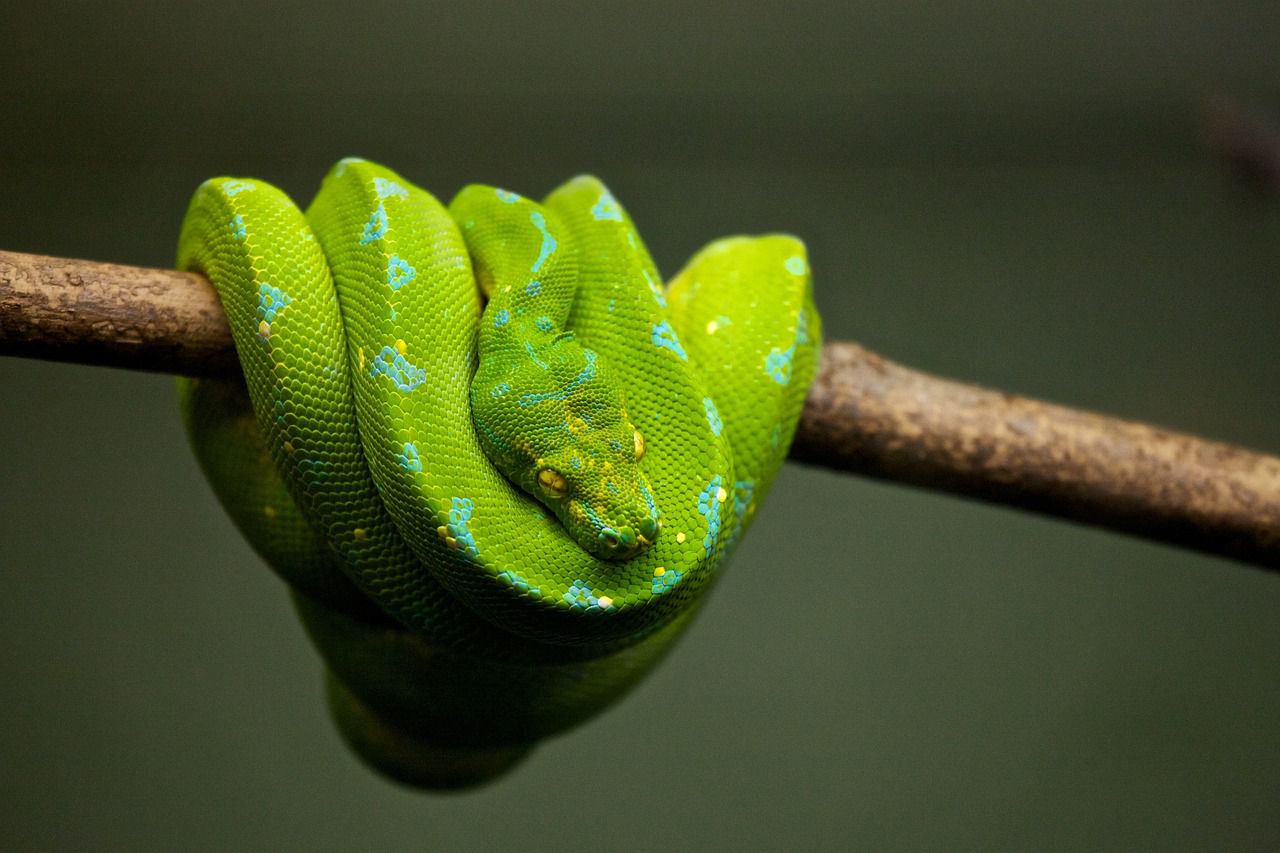While most people can easily imagine a snake and how it moves, most people haven't actually seen it closely.
When you take a closer look, you understand that a snake's body moves in an absolutely unique way.
Let's learn more about it.
Muscular contractions
Snakes have a long, cylindrical body with numerous segments called vertebrae.
They possess an intricate system of muscles that run along the length of their body, both on the sides and belly.

These muscles work together to generate movement.
Waves of motion
To move forward, a snake creates a series of waves that travel from its head to its tail.
The waves are formed by contracting and relaxing its muscles in an alternating pattern along its body.
The muscles on one side of the body contract while the muscles on the other side relax, and then the pattern reverses.
Contact with the environment
As the snake's muscles contract, it pushes against the ground or any other surface it is moving on, creating friction and propelling itself forward.
This motion allows the snake to push against objects and move in the opposite direction.
Scale interaction
Snakes' scales provide traction against the ground, helping the snake to grip and move smoothly.
Different modes of movement
Snakes can employ different types of serpentine locomotion depending on the terrain and circumstances.
Lateral undulation is the most common, where the snake pushes against the ground to move in a serpentine, wave-like pattern.









